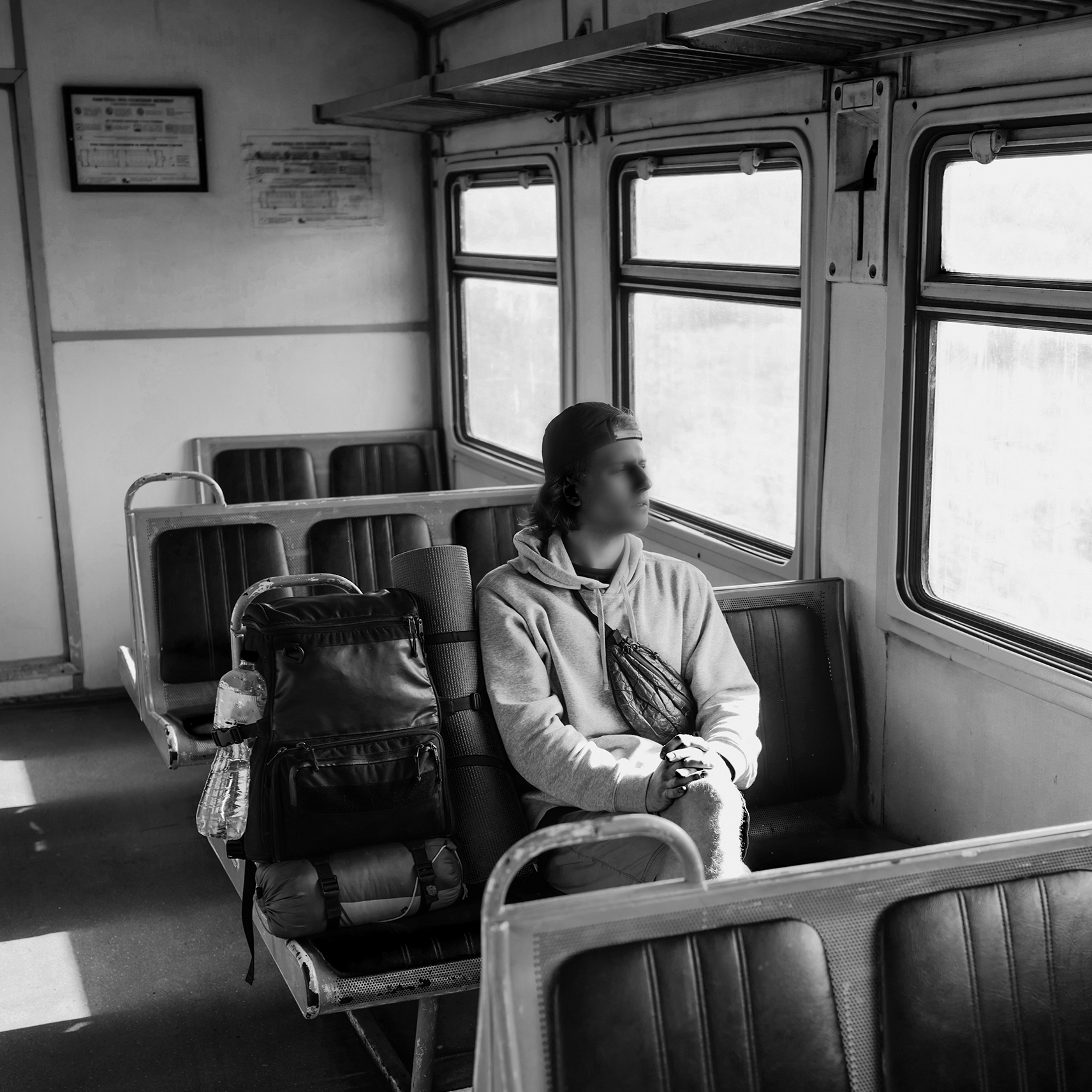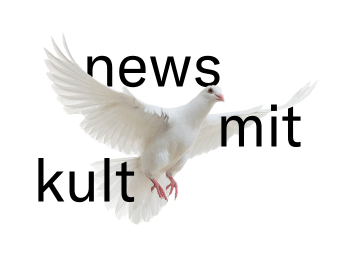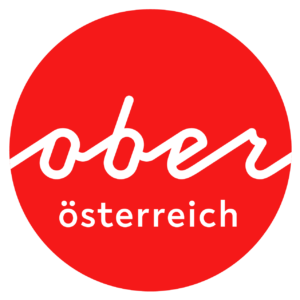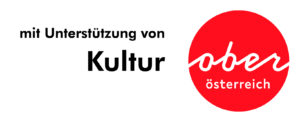“She had often thought that the person must go mad,
from FLIEGEN by Albrecht Selge
when all the memories, impressions, experiences came up (in this train).”
What would it be like if you could understand everything that goes on in the heads of others? What if you could listen to all the other people who are on the same train? The thoughts and stories of fellow travellers, their everyday occupations, their dreams and fears become an acoustic audio theatre that the audience experiences while they themselves are on the move.
What can contemporary mobility tell us about the reality of contemporary life in the countryside? How does our being on the move reflect and determine the relationships we enter into with our environment?
The train as a place of everyday anonymity and fleeting encounters becomes the setting for the complex travel and life routes of some passengers. The questions of rural mobility and the difficulties of being on the move between small towns and village communities are reflected in a fragmented narrative about living together, loneliness, rural exodus and depopulation. “On the Road” directs the gaze to the anonymous hounded of everyday life. Their constant being on the road reflects a frantic standstill and a society that is becoming more and more volatile and disconnected.
“On the Way” tells the story of some fictional characters moving on the train. We hear their thoughts in constant layering and overlapping. We hear snippets of their biography, the reason for their journey, their everyday thoughts, their plans and disappointments, the changes in their lives and how they think about them.
The audio theatre lasts 41 minutes, just as long as the journey from Gmunden to Vorchdorf; the listeners follow it via app and headphones, partly accompanied by scenic elements in and outside the train. The characters of the listening theatre develop partly from research and conversations with the Vorchdorf amateur groups involved and with passengers of the Traunseetram; at the same time, excerpts and characters from literary texts are used.
















